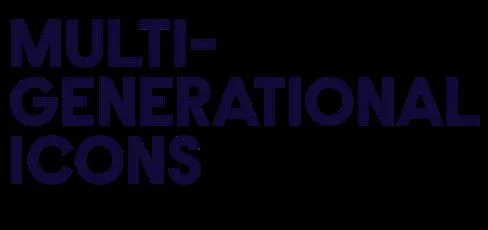
4 minute read
Legally Speaking
Work Made For Hire Agreements Explained
By: Gregory J. Battersby
Copyright law protects a potentially copyrightable work from creation in a fixed form. Thus, from the moment it is set in a print or electronic manuscript, a sound recording, a computer software program, an illustration, or another such concrete medium, the copyright becomes the property of the individual, typically called the author who created it. Only the author or those parties who acquire the rights from the author can rightfully claim rights in the copyright.
When an employee of a company creates the work in the scope of their employment, the company is deemed the owner of the copyright rights to such work. Therefore, no specific assignment agreement is necessary to transfer ownership.
When a non-employee, e.g., an independent contractor, creates such works, the copyright rights to such works are retained by the contractor absent a specific Work Made For Hire agreement reciting that they were created on behalf of the company and, as such, all rights belong to the company. This agreement needs to be in writing and specifically reference the copyrightable work. Absent a written Work Made For Hire agreement, the contractor may be found to retain the copyright rights to the works.
A word of caution, however. Not all types of copyrightable works are covered by the Work Made For Hire doctrine. It only covers the following types of works: contributions to a collective work; parts of a motion picture or other audiovisual work; a translation; a supplementary work; a compilation; an instructional text; or a test or answer; or an atlas. Graphic designs of the type frequently seen in licensing may…or may not…fall under these categories.
To protect themselves, companies will frequently include “belt and suspenders” language in the agreement to ensure that copyright rights get validly transferred. Such language provides that should the work in question not qualify for Work Made For Hire status, the contractor agrees to assign the copyright in the works to the company. Such language protects the company should the work fall outside the above categories. The typical operative language in such an agreement reads as follows:
FOR GOOD AND VALUABLE CONSIDER-
ATION, receipt of which is hereby acknowledged, the parties agree and acknowledge that works created and developed and all works derived therefore by Contractor while working on behalf of Company (collectively the “Works”) shall constitute a Work Made For Hire on behalf of the Company upon their creation and Company shall be the sole and exclusive owner of the Works and all rights, whether intellectual property rights or otherwise, therein including, without limitation, the copyright and all renewals and extensions of copyright.
Company shall have the sole and exclusive right to use or exploit the Works in whole or in part, throughout the universe, in perpetuity, in all media, now known or hereafter devised, alone, or together or as part of other works of any kind or nature. Contractor hereby waives any “moral rights” (as said term is commonly understood), to the extent any such rights are vested in Contractor, Contractor may have in and to the Works throughout the universe.
To the extent that any of the Works do not for any reason vest such rights in Company as a Work Made For Hire for the consideration set forth herein, Contractor hereby irrevocably and assigns, sets over, and grants to Company, its successors and assigns, exclusively, in perpetuity, throughout the universe, an assignment of all rights in and to the Works of every nature, whether now known or hereafter devised or recognized, including, but not limited to: the sole and exclusive right to exploit, revise and use the Works in any form of medium, expression, or technology now known or hereafter known or developed; all copyrights and renewals and extensions thereof, all of which Contractor hereby represent are and shall at all times be Company’s sole and exclusive property, free from any adverse claims or rights therein by any third party; and the right to make all additional contracts, agreements and arrangements (including, but not limited to, all licenses and assignments) for the Works, all rights in and to the Works, and all decisions affecting the Works.
Legally Speaking
BOOK AVAILABLE!
THE BUSINESS OF LICENSING The Essential Guide for Intellectual Properties
Licensing has has exploded into a $250+ billion worldwide industry at retail and generates more than $7 billion in royalty income for those property owners who are savvy enough to license their properties for a wide variety of consumer products. About 8 years ago, lawyer Gregory J Battersby and licensing veteran Danny Simon introduced the first Basics of Licensing book. They published a revised version a couple of years later and followed it with a Licensee edition and then finally an International edition. Recognizing that there was a degree of commonality between these editions, Battersby and Simon concluded that it was time for the definitive work on licensing, hence, The Business of Licensing which combines the best of all three prior editions and takes the subject to the next level. This book takes the reader through the nuts and bolts of how to conduct a licensing program and handle many of the problems that it might face There is a substantial amount of reference material. They have included an expanded history of merchandising, and an extensive collection of the forms that any licensing professional may need which they intend to provide to purchasers with electronic access to the forms via Dropbox.
The Complete Business of Licensing is available at a cost of $39.95 ($34.95 for LI members). https://www.totallicensingworld.com/site/business_of_licensing
Gregory J. Battersby Battersby Law Group, LLC 25 Poplar Plains Rd. Westport, CT 06880 (203) 454-9646 gjbattersby@gbiplaw.com www.gbiplaw.com










